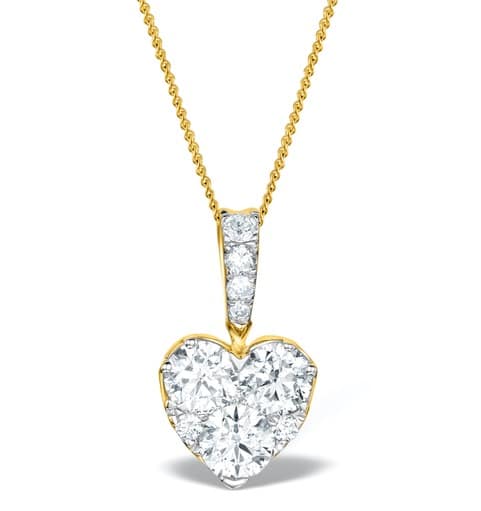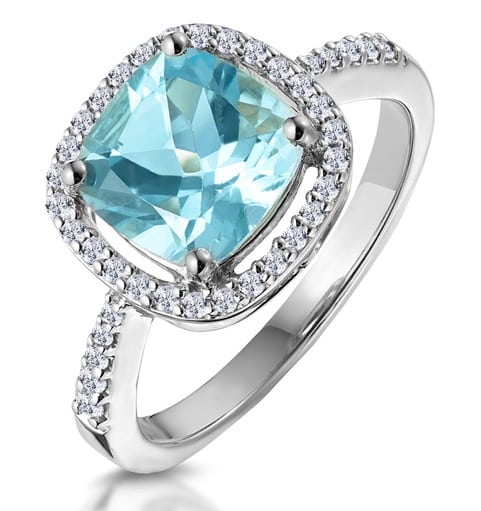
Lab-grown diamonds are gaining popularity for brides interested in ethical gems. But what are they?

Are diamonds ethical? They may be a girl’s best friend but are they friends of the earth? Anyone wanting to tie the knot with sustainable or ethical diamonds needs to do their homework.
Diamond mining has a long history of unethical practices and financial entanglement in war zones, but the problem of ‘blood diamonds’ has now essentially been eradicated by the introduction of a certification system whereby a stone’s provenance is traceable. But still, diamond mining carries significant environmental implications. A recent study from Imperial College concluded
that: “Mineral resource exploitation causes irreversible damage to the natural environment shown through negative impacts on water resources, air quality, wildlife, soil quality, and climate change consideration.” It’s a damning report, and it also asserts that even if “mining and its industries are critical for the socio-economic development of a country… the negative environmental impacts could outweigh the positive benefits”.
In recent years, lab-grown diamonds have become a viable alternative. These are, as the name suggests, made in a lab. But they’re not replica diamonds: lab conditions recreate the combination of heat, pressure and time that lead to the natural formation of diamonds. Even experts can’t tell the difference between lab diamonds and mined diamonds – though the value of lab diamonds is about half of that of mined ones. Jeremy Kanzen of The Diamond Store says: “It’s the only industry where it’s cheaper to be sustainable.”

Lab diamonds start out with a fragment of mined diamond enclosed in a sealed chamber which is heated to extreme temperatures for a few weeks. The longer it’s left, the bigger it gets, though also the greater the risk of impurities – so it’s a bit of a gamble. There’s an element of accident to the process and you can’t make shapes or sizes to order. That’s what makes it “a fusion of art and science,” according to Kanzen, and the chance involved ensures that a lab diamond retains the wonder of its mined equivalent.
The process can be quite energy intense, though the world’s first carbon-negative diamonds launched recently, using 100% renewable energy from sun and wind, with recycled rainwater, to turn carbon from the atmosphere into diamonds. These are skydiamonds, which claim to be the world’s most sustainable diamonds. They say: “Skydiamonds are physically and chemically identical to ground-mined diamonds.” If a diamond is a solid form of pure carbon then a carbon-negative diamond is an interesting concept, and with production for Skydiamonds based in Gloucestershire, they are eliminating the carbon implications of transport too.
So it’s not taboo to be proposed to with a lab diamond, as says Jeremy Kanzen says. In fact, the mined kind could be on their way out.
























